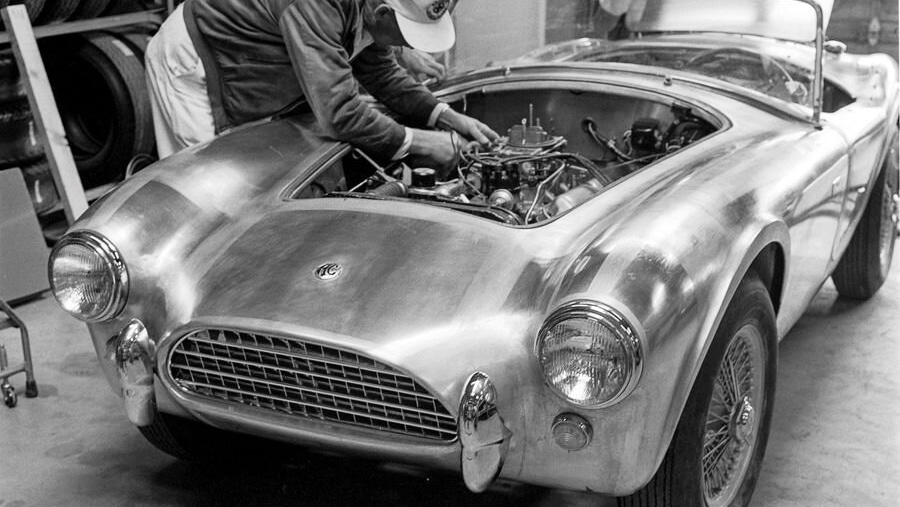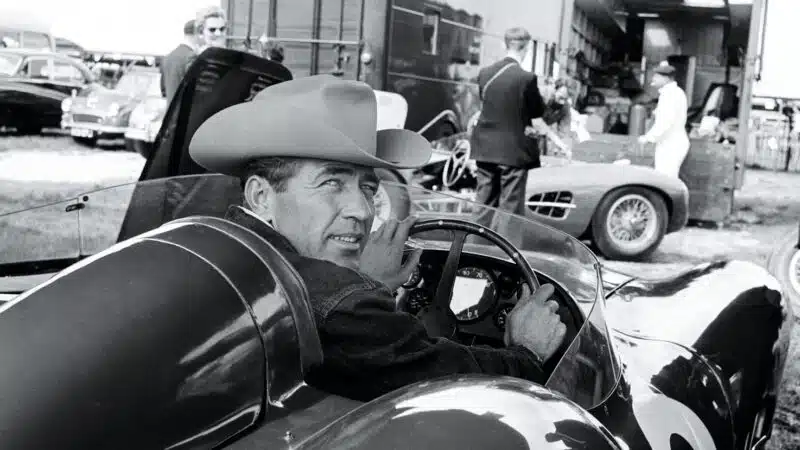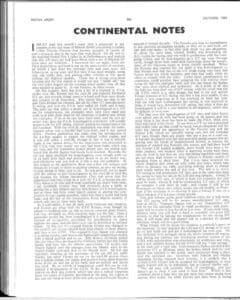Letters: Carroll Shelby’s memory and F1’s modern terminology

British frame, American muscles: the protoype Cobra, CSX2000, with a 260 Ford V8 and E-type rear axle
Shelby American Collection
I read with interest the interview with Carroll Shelby [Carroll Shelby: The Lost Interview, September] on the creation of the AC Cobra and have to conclude that he was economical with the facts.
It has been well documented that Shelby contacted AC Cars in Thames Ditton suggesting that if they installed an American V8 in the AC Ace, he could find customers for such a car in North America. As a result Shelby provided a Ford V8 260 to AC which was installed into a modified Ace. The major modification was the installation of a Jaguar E-type back axle to handle the extra power, and the inboard disc brakes helped too.
This car, chassis number CSX2000, was tested at Silverstone and thereafter the engine and transmission were removed and the car air-freighted to Shelby in Los Angeles in February 1962. After successfully installing an engine at a nearby garage in Santa Fe Springs, a deal was struck by Shelby with AC Cars. The latter were to produce a complete car which included interior trim and painting but less engine and gearbox and ship it to the USA. Shelby organised the installation of the engine and gearbox and marketed the car as a Cobra. Each car was allocated an AC chassis number.
I fail to see how AC were “sub-contractors to Shelby” when they had modified their existing car and each vehicle carried their chassis number. I have crawled beneath the prototype and can report that the E-type’s back axle complete with inboard brakes was still in situ. (The E-type back axle with inboard discs was not used on production Cobras.) Too many have been sold the Shelby version of the AC Cobra’s history.
Alistair Crooks, British Columbia, Canada
I was happy and sad to read the posthumous interview with Carroll Shelby and the letter regarding Parnelli Jones in the September issue. Happy, because Shelby was his reliably plain-spoken self. Sad, because years ago I flew from New York to Los Angeles to attend the First Annual Riverside Reunion at the Petersen Museum where I found myself at a table with Shelby, Phil Remington, Bob Bondurant, Phil Hill – and Parnelli Jones.

Carroll Shelby – plain-spoken, though his memories sometimes differed from others…
Getty Images
It was otherworldly to have all these American icons at one table and to be able to talk to them. Overcome, I moved over to the elevators – from which emerged Dan and Evi Gurney. I offered to lead them to ‘my’ (uninvited) table, and did so while I sat elsewhere. And now I realise that with Parnelli’s passing, Mrs Gurney and myself are the only ones still alive from that group. A true passing of an era.
Norman E Gaines, Hartsdale, New York, US
I was late reading the Shelby article in your September issue. I was surprised to see that Carroll Shelby mentioned the “alleged” cancellation of the Coppa Inter-Europa sports car race at Monza in 1964. This story did the rounds some years ago. I had assumed that Shelby himself was not responsible for it but it seems that he was. The race did indeed happen, won by Nino Vaccarella from Roy Salvadori and David Piper, all in Ferrari 250 LMs. However it was not a championship race and was never intended to be, so Enzo Ferrari was not responsible for its cancellation!
When the Italian club were planning the race, they took the decision not to include it in the championship. The race was won by Aston Martin in 1963, which would not have pleased Mr Ferrari, and they were embroiled over the fiasco of the non-homologation of the Ferrari 250 LM so they decided that the event would only count for the world championship in the 1300cc and 2-litre classes. DSJ wrote about this in his Continental Notes at the time, inset above.
So Mr Shelby could have turned up with his six Daytona Cobras but I guess he didn’t relish the thought of being beaten by 250 LM Ferraris to no avail so either withdrew or didn’t enter and then came up with the story that the race never happened.
Rod Hunt, Seaton, Devon
Turn 1! For goodness sake! It’s bad enough having to listen to television coverage calling corners ‘Turns’, but it’s the last thing I expect to read in a Motor Sport article about a 1970s race [Start as you mean to go on..., October].
On page 65 your writer comments on a photograph, “Scheckter leads into Turn 1”. If the writer doesn’t know the name of the first corner at Hockenheim, how about, “Scheckter leads into the first corner”? Let’s leave ‘Turns’ to the Americans.
Jeremy du Plessis, Chichester
Contact us
Write to Motor Sport, 18-20 Rosemont Road, London, NW3 6NE or email,
[email protected]

